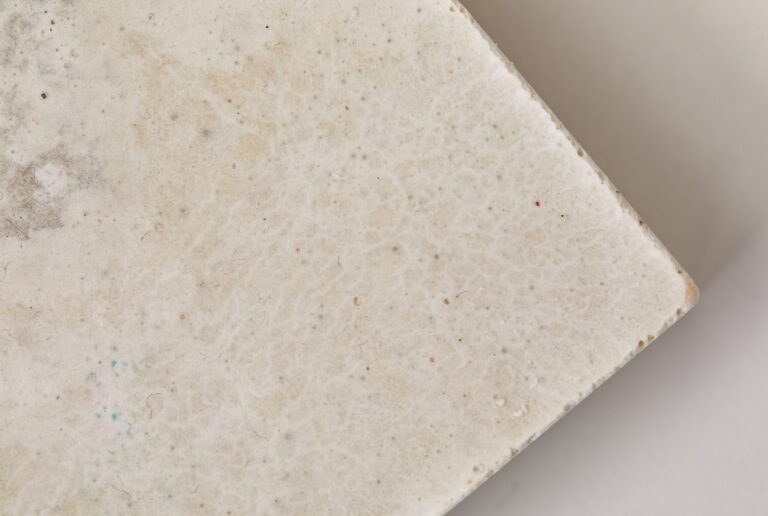Concrete stands as a preeminent cornerstone in construction, cherished for its robustness and formidable strength. Nonetheless, the weak point of concrete structures is their susceptibility to fissures, a vulnerability that can precipitate structural compromise and diminished longevity.
Enter self-regenerative bioconcrete, an innovative variant of concrete endowed with the remarkable capability to autonomously mend these fractures. We shall embark upon a thorough exploration of self-regenerative bioconcrete, delving into its merits and demerits.
Table of Contents
What is self-healing bioconcrete
Self-restorative bioconcrete represents a revolutionary category of concrete with the inherent ability to autonomously and autogenously rectify its own breaches. It is also renowned under the moniker of “self-healing concrete.” Concrete, when compared to other construction materials, has a natural weakness in tensile strength. This weakness makes it prone to the development of surface fissures.
Regrettably, these fissures pose a substantial harm to the concrete’s durability. They facilitate the ingress of liquids and gases that may carry damaging compounds. Self-regenerative bioconcrete plays a crucial role in sealing these rifts. It can partially or completely restore the mechanical attributes of structural components.
The blueprint of self-restorative bioconcrete revolves around its innate capacity to mend its own fissures. This feature enhances its sustainability and extends the operational lifespan of concrete infrastructures. This promising material has captivated the construction industry’s attention for its potential to reduce the financial burden of extensive repairs and maintenance.
The production of self-restorative bioconcrete hinges upon the incorporation of microorganisms, such as bacteria, into the concrete amalgamation. These microorganisms, when exposed to moisture, manifest the ability to generate minerals that fill the crevices, facilitating a regenerative process of remarkable efficacy.
In our ongoing pursuit of sustainability, affordability and adaptability are crucial. Self-restorative bioconcrete is now emerging as a cutting-edge innovation in construction. Its potential to transform the construction industry as we know it cannot be overstated.
Read also: The most sustainable materials available today
Pros of self-healing bioconcrete
Self-healing bioconcrete emerges as a construction marvel replete with a plethora of merits that overshadow its conventional concrete counterparts. Here are some of the salient advantages of self-healing bioconcrete:
- Diminished maintenance expenditure: Self-healing bioconcrete possesses the extraordinary faculty to autonomously mend its own fractures, thereby alleviating the necessity for exorbitant repairs and maintenance;
- Augmented resilience: By undertaking the prompt remediation of fractures as they manifest, self-healing bioconcrete upholds its structural integrity and precludes the escalation of damage;
- Enhanced impermeability: In contrast to traditional concrete, self-healing bioconcrete boasts reduced permeability. This renders it impervious to the infiltration of water and corrosive chemicals that often precipitate premature degradation and the corrosion of steel reinforcements;
- Eco-friendliness: The manufacturing process of self-healing bioconcrete can be executed using sustainable materials and methodologies. Thus, it’s sustainable and leaves behind no ecological footprints;
- Versatility redefined: Self-healing bioconcrete finds its utility in a sweeping spectrum of construction domains, spanning from the foundations of edifices to the sprawling spans of bridges and the subterranean recesses of parking facilities.
Cons of self-healing bioconcrete
While the merits of self-healing bioconcrete are evident, a judicious evaluation necessitates due consideration of potential shortcomings when contemplating its utilization in construction endeavors:
- Elevated cost: Self-healing bioconcrete commands a heftier price tag compared to its conventional concrete counterpart. This entails an expenditure that can range from 10-30% higher;
- Constrained efficacy: The restorative capabilities of self-healing bioconcrete are confined to addressing minor fissures. It may falter when confronted with larger or more intricate damages;
- Scarcity in availability: Self-healing bioconcrete represents a relatively nascent technology. Consequently, its accessibility may be limited in certain geographical regions;
- Bacterial prerequisites: The microorganisms integral to the self-healing bioconcrete formula thrive in specific environmental conditions. Hence, their efficacy may be compromised in circumstances that do not align with these prerequisites.
Self-healing mechanisms in bioconcrete
Bio-concrete is a material that employs bacteria to enhance concrete by repairing fractures, utilizing biomineralization to create calcium carbonate. This self-revitalizing technique is based on this innovative concept.
The self-reviving mechanisms intrinsic to bioconcrete can be actualised through three principal strategies: autogenous healing, encapsulation of polymeric materials, and microbial-facilitated self-restoration.
The microbial-driven self-healing mode capitalises on the inherent attributes of microorganisms to instigate reparative processes within concrete structures. Bacteria like Sporosarcina pasteurii and Bacillus subtilis are exemplary in this regard. They can stimulate the production of calcium carbonate. Calcium carbonate is effective at filling cracks that can compromise the integrity of concrete.
The restorative endeavour begin with the generation of calcium carbonate, subsequently bridging the cracks. Two methodologies come to the fore in this context: the first entails the utilisation of bacteria to yield calcium carbonate. In contrast, the second method employs a calcium-rich solution. This solution undergoes a reaction with atmospheric carbon dioxide to facilitate the formation of calcium carbonate.
The integration of bio-concrete within the construction sphere has the potential to usher in a transformation. It does this by reducing the need for expensive repairs and extending the longevity of concrete structures.
Read more: Advantages and disadvantages of wood as building material












